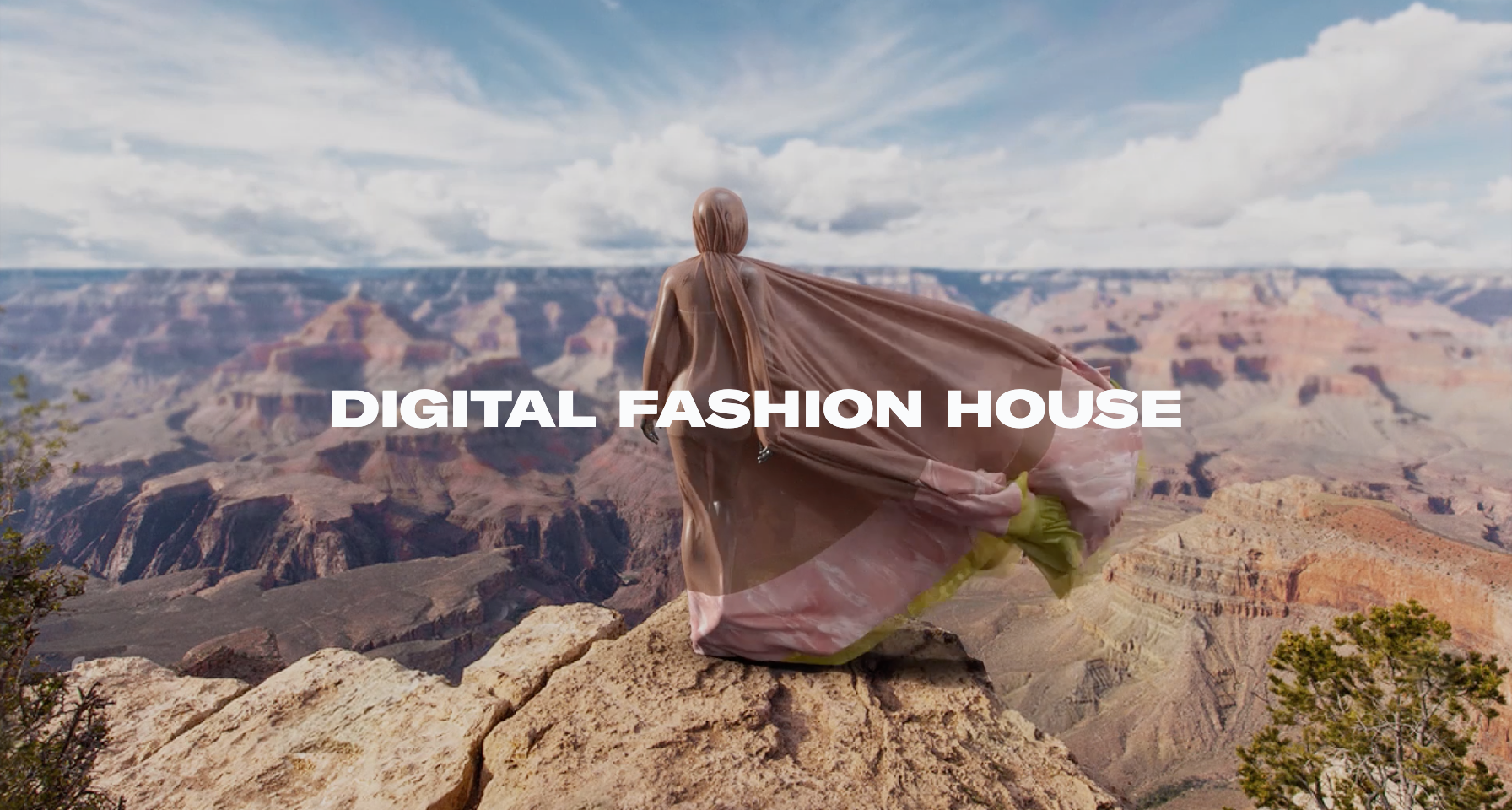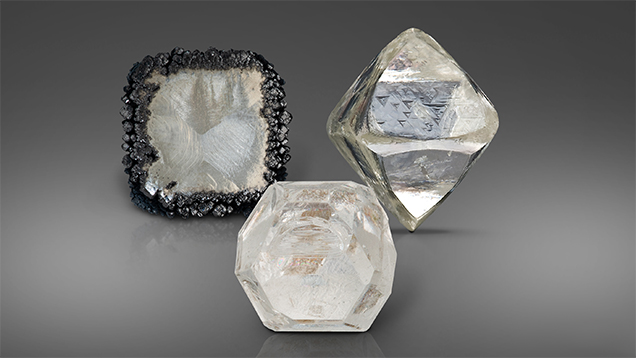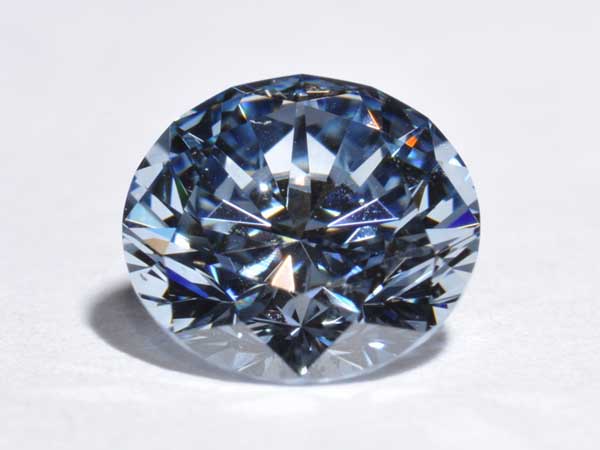You’ve probably never heard of NFTs until recently, yet they’re already making headlines in 2021. Non-fungible tokens (NFTs) make up the newest trend to come out of blockchain technology, following the recent cryptocurrency bull run that’s gotten everyone into a Bitcoin frenzy. They’re unique and irreplaceable tokens––unlike crypto, where there can be millions of the same coin––that’s used to prove digital asset ownership.
Early adopters are flocking to this once-in-a-lifetime opportunity with memes and tweets selling for thousands in NFT marketplaces. But more importantly, everyone wants to know whether 2021 will finally be the breakthrough year for NFTs, or if it’s just another trend that’s passing by.
Table of Contents
Understanding the NFT Hype
It’s not the first time NFTs have taken off. In 2017, crypto enthusiasts spent millions on CryptoKitties, a game where users could sell, trade, and breed one-of-a-kind cat PNGs. The massive interest in digital artwork ownership was connected to Ethereum, which is the blockchain used to mint most NFTs. Because Ether (ETH)––the network’s native coin––prices were high, investors were inclined to take advantage of the increasingly popular trend. People who traded smart were able to make big bank, while those who simply enjoyed the game mechanics happily spent their money on a virtual hobby.
The CryptoKitties hype eventually died down after the crypto market crash in 2018. However, the game became an important indication that there is an audience for virtual goods and services. Experts predicted that the NFT market would eventually pick itself back up little by little, and their expectations were blown away by a 299% growth in 2020––beyond the 50% projection. As of Q2 of 2021, the market has grown by 1,785%.
Ethereum’s growth was an important catalyst for the meteoric NFT comeback.
The NFT boom today follows the same market pattern as 2017. In 2020, Ethereum grew by approximately 270%, trailing behind a Bitcoin-led bull run. It continued on a bullish streak in 2021, breaking past the $1,000 mark in January. As of April 2021, ETH is trading along the $2,000 line, with an all-time high of $2,645. If these numbers don’t make sense to you, the bottom line is that Ethereum’s been doing great, causing an influx of investors to flow into the network. And with more liquid ETH flowing than ever, it was only a matter of time before NFTs entered the equation.
Deriving Value From Virtual Items
NFTs are like trading cards, with the only difference being that they live in the digital sphere, so it’s not surprising that a good number of people have taken an interest in them. By turning an artwork, gif, video, music (or any other file that lives in the virtual space) into an NFT, it essentially turns into a one-of-a-kind collectible. Think of it as a digital version of a Picasso painting or any other fine artwork. It’s hard to believe that these two worlds will ever merge, but a recent auction of a digital collage made by the artist Beeple was hosted by Christie’s––and it made $69 million. The unexpected collaboration is the first in art history and is giving massive leverage to digital artists who, until recently, have been shunned by the traditional art industry.
The fact that the fine arts world has delved into NFTs is a big win for 2021. Beeple’s revolutionary sales opened doors for the world to realize that there’s value in keeping the NFT flames alive, influencing independent artists, celebrities, and big brands. In particular, the luxury fashion industry has warmed up to NFTs, with Gucci claiming that it’s only a matter of time before the brand rolls one out.
What’s Next for NFTs?
NFTs grew quickly this year, and that means investors, artists, and institutions are working just as fast to ensure that the trend stays for good. However, it’s not likely for NFTs to continue experiencing explosive growth spurts over time. The average price of an NFT has already dropped by 70%––that’s natural, given how the market has become dense with cheaper goods, from memes to random gifs, created by people looking to make quick money. As time goes on, these tokens are expected to grow in more niche spaces where they have the potential to flourish; primarily in art, fashion, and online gaming.

It’s highly possible to see collaborations between designers and game developers, as there’s huge potential in building game worlds that support NFT purchases. Mods have historically built an underground fashion scene in the game industry––now might be a chance for players to run around the wilderness in authentic Givenchy sneakers. DIGITALAX is a digital fashion marketplace that’s already bridging these two worlds together with designer Among Us mods purchasable as NFTs. A similar business structure can be used across all consumer-driven industries, especially as simulation-like games will allow for emulations of real-life kitchenware, furniture, and other tangible goods.
Before then, NFTs will have to get through 2021 as a still relevant and still-growing asset class. It has the advantage of being involved in the growing decentralized finance sphere, so the future is looking bright for artists, companies, and collectors alike.







